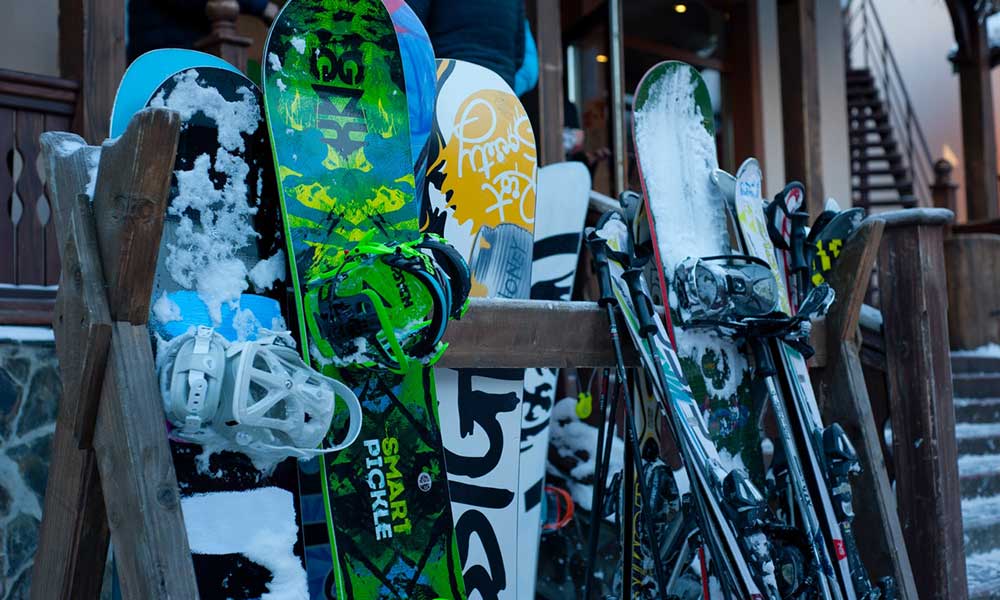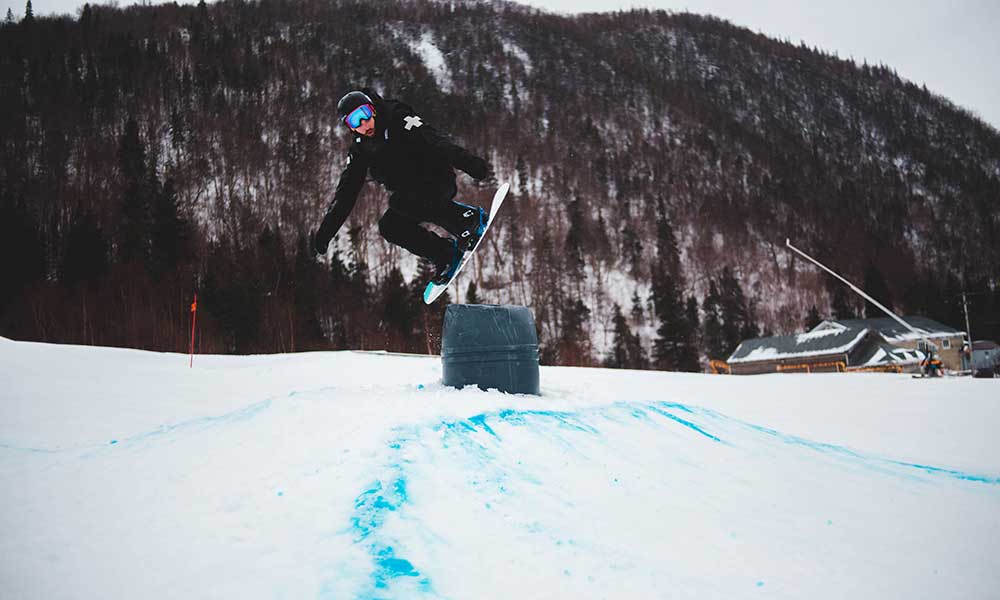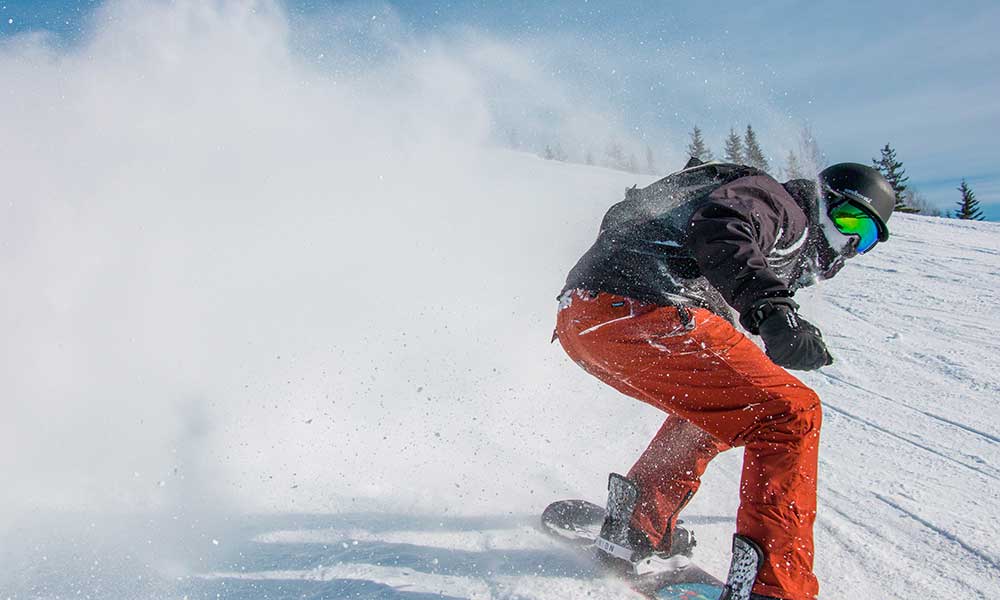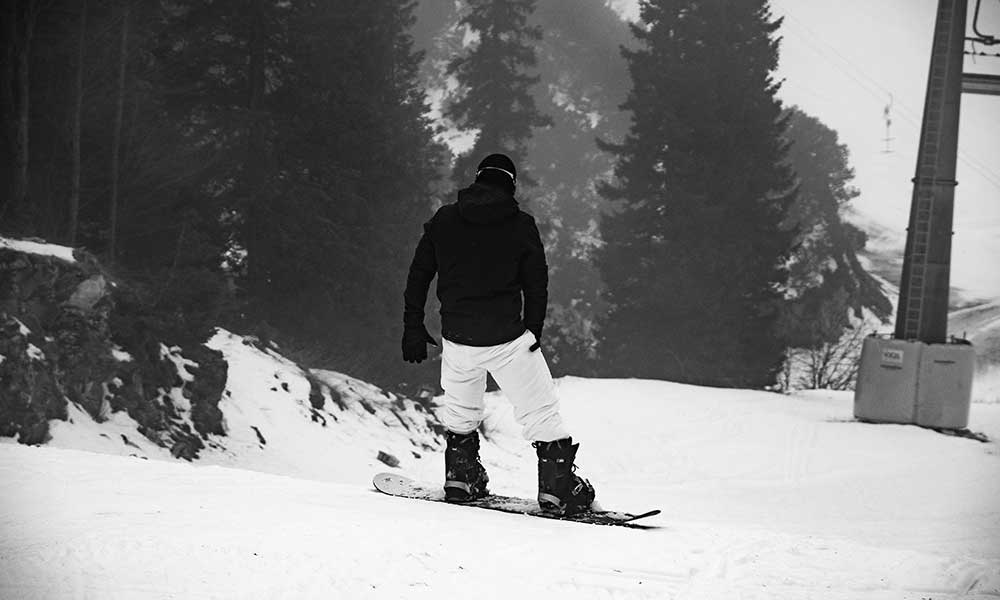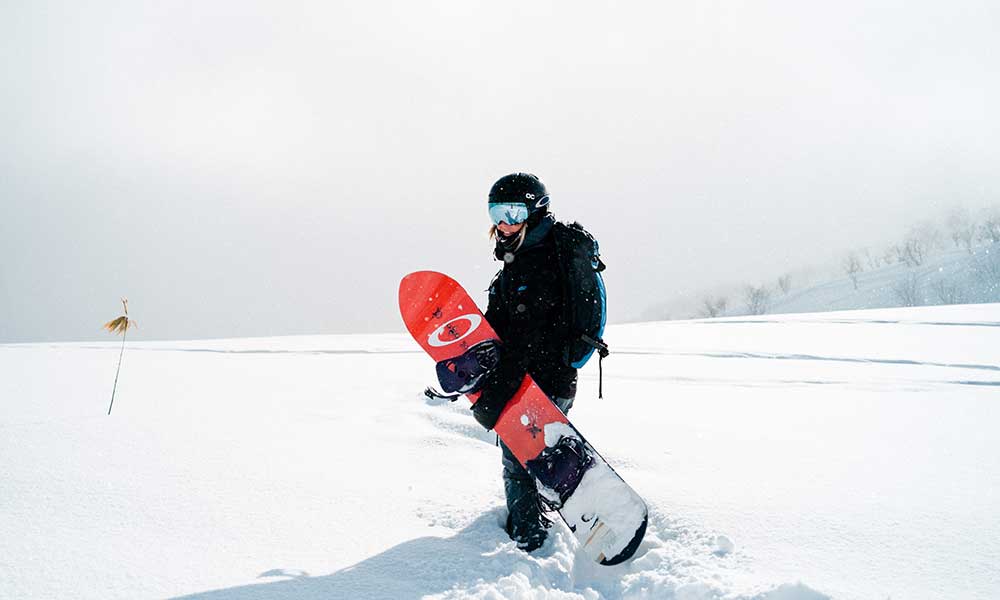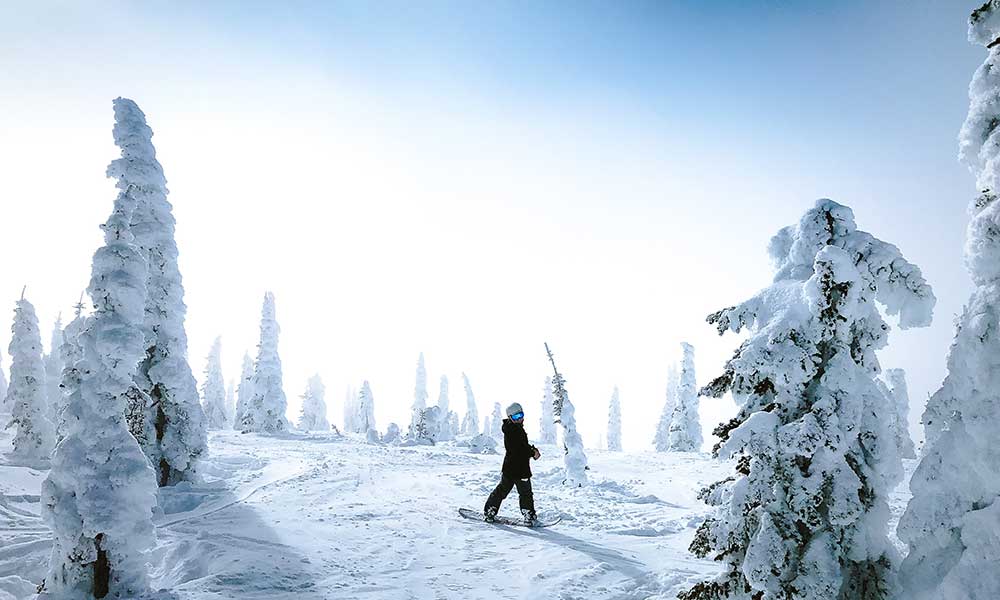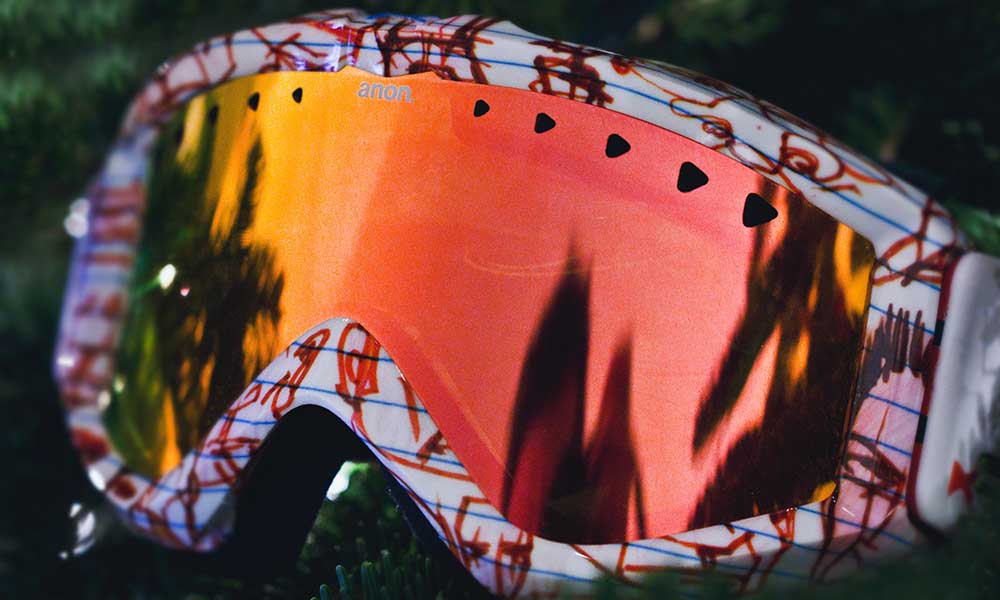All snowboards have a flex rating and it can have a huge impact on the snowboard’s feel and performance.
The stiffness should be taken into consideration when you’re buying a new snowboard, and we’ll cover flex ratings and their significance in this guide.
What does it mean when a snowboard is stiff?
The flex rating describes how flexible a snowboard is and it varies greatly as you advance through the scale.
Longitudinal Flex
The longitudinal flex of a snowboard refers to the flex from the nose to tail.
It’s the most common type of snowboard flex and the one that manufacturers are often referring to when they talk about the flex rating.
Torsional Flex
The torsional flex of a snowboard is the edge-to-edge flexibility.
There is no official rating for this type of flex and it’s not as important as longitudinal flex.
It may still play a role in a snowboard’s performance, though, and could impact how the snowboard handles sharp turns.
The flex rating can differ from snowboard manufacturer to manufacturer, but it’s always based on a scale of 10, with 1 being the softest and 10 being the stiffest.
It usually looks something like this:
- 1 to 2 = Soft Flex
- 3 to 5 = Medium Flex
- 6 to 8 = Stiff Flex
- 9 to 10 = Very Stiff Flex
You may also see some manufacturers using terms like “Medium Flex” or “Soft Flex” as opposed to the numbers above.
What snowboard has the best Flex?
Stiff vs Soft Snowboards
There is no single “best” flex option when it comes to a snowboard.
If that was the case, there would be no variance and everyone would just focus on that ideal number.
It all comes down to your experience level, weight, and riding style.
If you’re a freestyle snowboarder (park riders, street riders, etc.,) you’ll want a soft flex.
Many urban snowboards are designed this way as they allow for improved maneuverability and make it easier to land tricks.
For something that can pull tricks and perform jumps, aim for a medium flex, leaning more toward the soft side if you’re going to be focusing on the tricks and performing only small jumps.
For freestyle riders, stiffer snowboards will be better.
They provide more of an edge hold than softer snowboards and are ideal for aggressive riding. All other styles, including mountain riding and all-round boarding, should opt for something in the middle.
As far as your ability is concerned, softer snowboards are easier to handle and so they may be a little bit better for beginners.
As with most things, though, it all comes down to personal preference.
Buy the snowboard that you feel most comfortable riding, the snowboard that feels right and gives you the control that you need.

